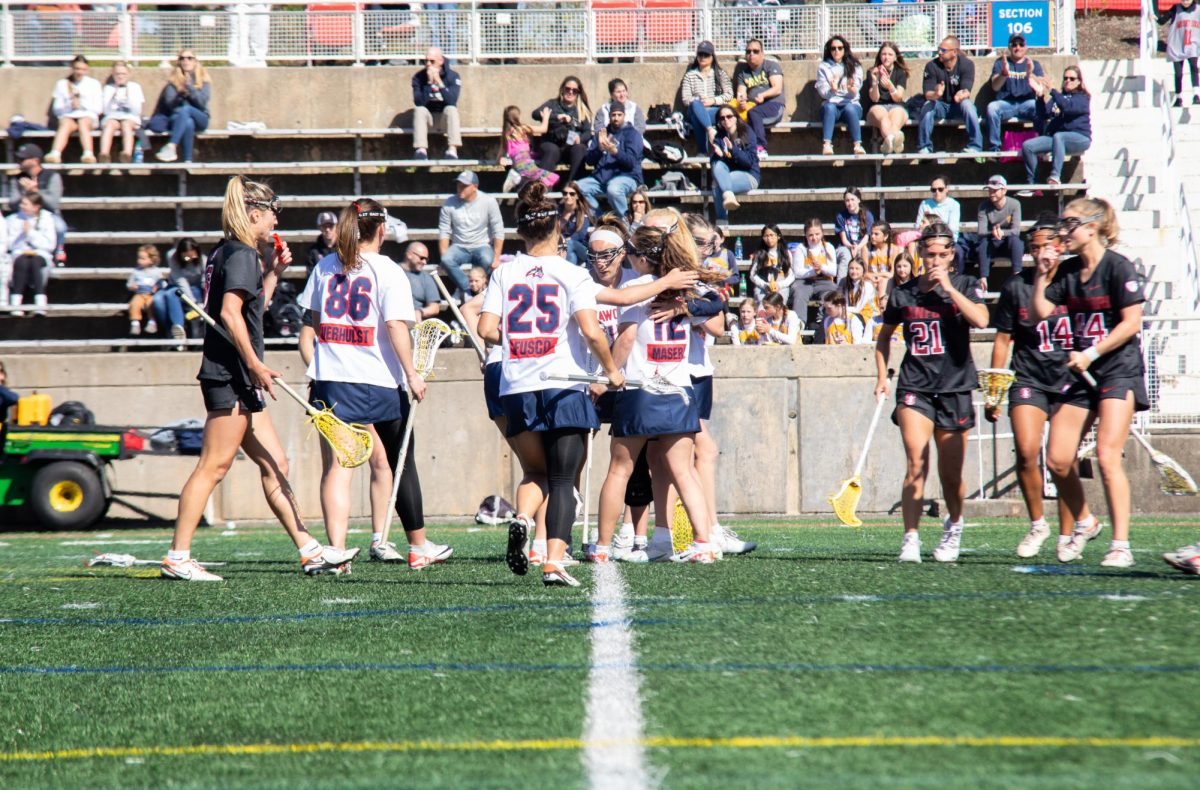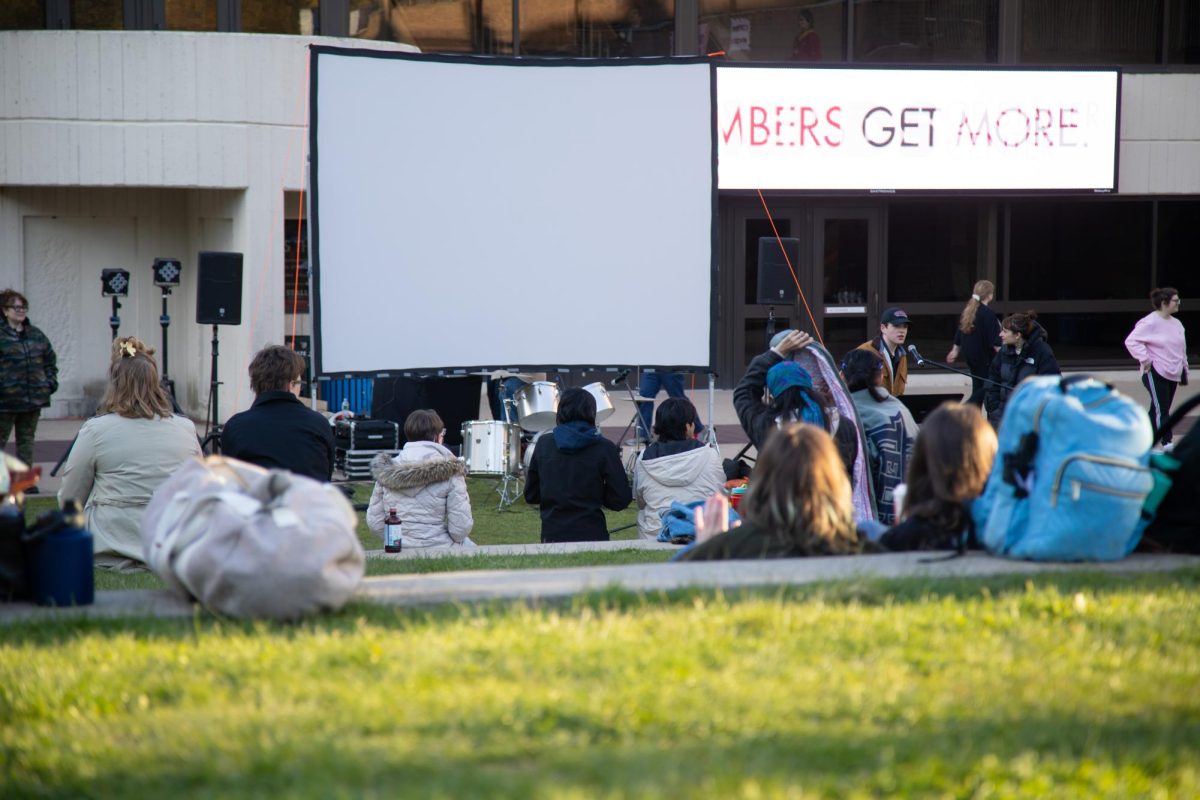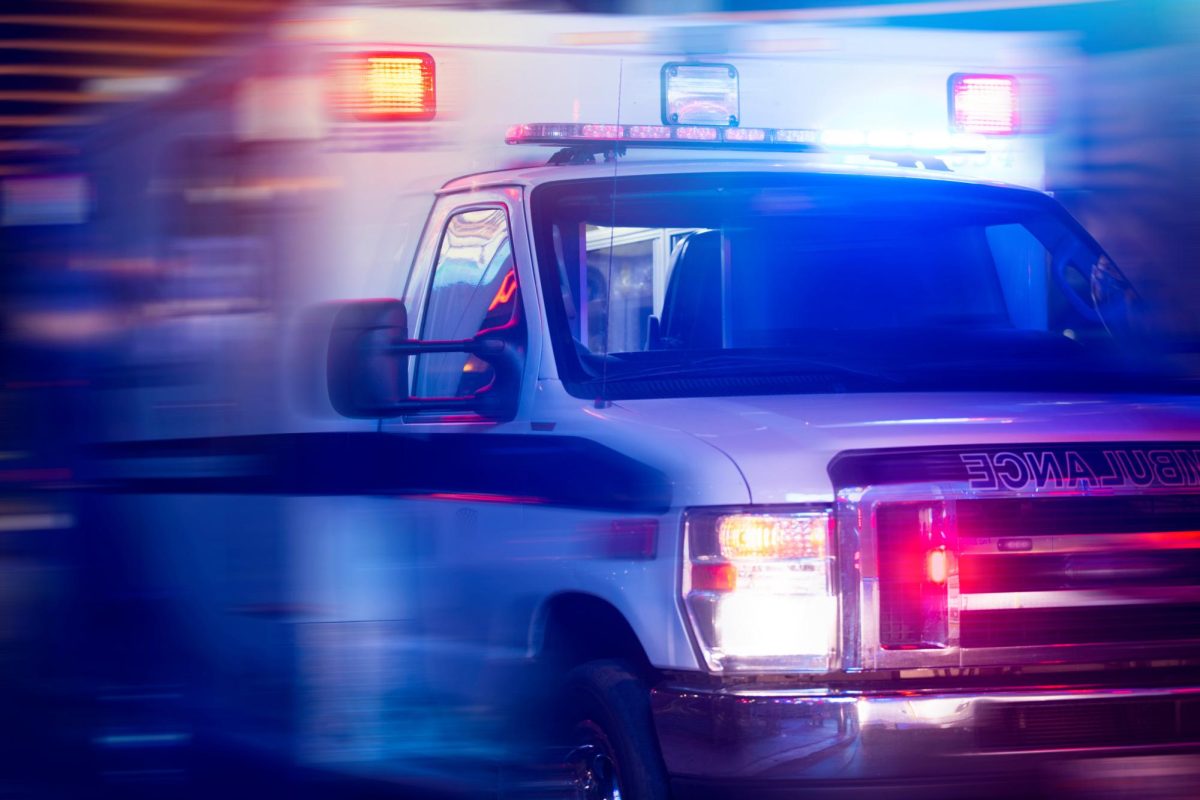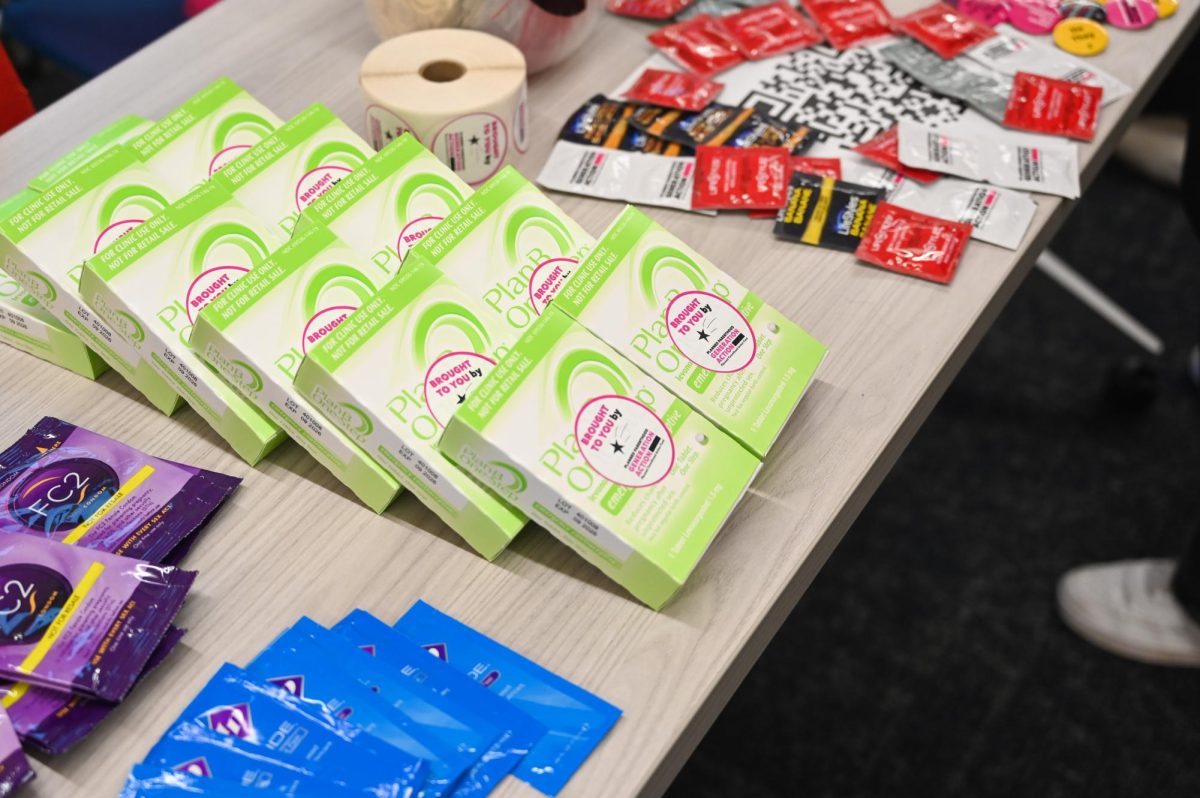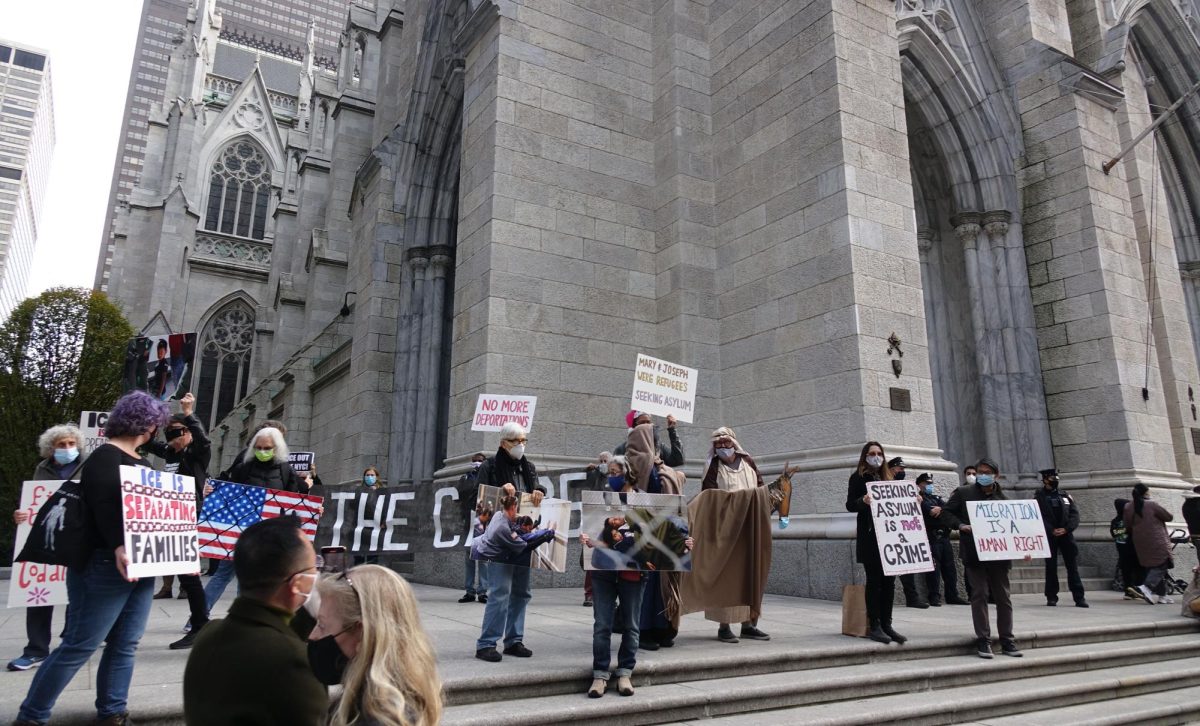
Stony Brook University is, more or less, kept alive by the vital transportation available to all students; with multiple buses running to and from the commuter lot, the train station and throughout the campus, thousands of students utilize the public transit system at Stony Brook University. However, one constant gripe among most of the student body seems to be universal, and that is that the bus system, in terms of its schedule, is consistently inconsistent, or at least does not live up to student’s expectations.
It is easy to point out the flaws within the system. If you use the Express Bus, one could say that they feel that the buses are not running on time since there is a huge excess of students that are waiting to take the bus back to their cars to go back home. On the flip side, any commuter, at one point in their Stony Brook career, will have had to have waited on at least one or two buses if they try to get to campus between peak hours( 8 a.m. to 11 a.m.).
While it may be easy to make a scapegoat out of the bus system, this is the complete opposite of what should be happening.
In a sit-down conversation with James O’Connor, the director of Sustainability and Transportation Operations at Stony Brook, some eye-opening statements were made about the bus system that many students probably do not know about.
To start, O’Connor talked of how the transportation system at Stony Brook currently has 30 buses in its fleet and, during the school year from late-August to mid-May, roughly 60 Civil Service Employees Association drivers are employed, all of whom have the proper certifications needed to operate these buses. This number drops to about 20 drivers during the summer, as the transportation system does not really need many drivers since most of the students are back at home.
On top of this, O’Connor said that “The Express Route, on peak times, Monday through Friday, from about 8 a.m. in the morning to 11 a.m., and during the evenings, which is defined as 3:30 p.m. to about 7 or 8 p.m., has six buses completely dedicated to the Express Route.”
When asked if there was any possibility of raising the amount of buses used in this route, O’Connor said that there were no plans as of now to use additional buses during the peak hours for the Express Route because instead of solving the problem, it would actually just create more.
O’Connor said that the chief concern for delays in bus arrival times is actually the amount of traffic that plagues Stony Brook’s campus, which lies primarily with the problem of having huge traffic jams at intersections all throughout the campus, like the one at South Drive and Marburger Drive. Additionally, stop sign intersections along Circle Road leading to the Express Loop cause for many more traffic jams around the entire campus.
O’Connor said that by adding more buses it would create “the slinky effect,” in which multiple buses would be stuck behind each other in traffic, emulating a moving, shifting slinky winding around the perimeter of the campus, which would only cause more headaches.
So what does that mean to the frustrated students? As of now, Transportation and Facilities says that they are trying to find ways to alleviate traffic problems, such as trying to synchronize all of the light systems around campus.
If students would like to voice any of their concerns, O’Connor said that they can come to the monthly meetings, which are held on Wednesdays. The upcoming dates for the next meetings are as follows: Oct. 15; Nov. 12; and Dec.10. All of the meetings will be an hour long, from 2:30 p.m. to 3:30 p.m., and will all take place in room 304 in the Student Activities Center.
One thing that was enlightening, however, was seeing that it really is not the bus’ fault that they are late. Sometimes, it is easy to put the blame on one entity, though really, the problem is completely multi-faceted. Whether it is lighted intersections, an abundance of traffic, or other problems, maybe we as the students should not be so quick to judge something without truly knowing all of the facts.


